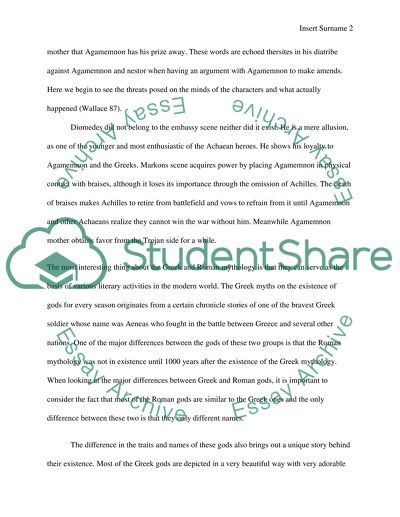Cite this document
(“Art With Cassical Myth Essay Example | Topics and Well Written Essays - 2250 words”, n.d.)
Art With Cassical Myth Essay Example | Topics and Well Written Essays - 2250 words. Retrieved from https://studentshare.org/visual-arts-film-studies/1639089-art-with-classical-myth
Art With Cassical Myth Essay Example | Topics and Well Written Essays - 2250 words. Retrieved from https://studentshare.org/visual-arts-film-studies/1639089-art-with-classical-myth
(Art With Cassical Myth Essay Example | Topics and Well Written Essays - 2250 Words)
Art With Cassical Myth Essay Example | Topics and Well Written Essays - 2250 Words. https://studentshare.org/visual-arts-film-studies/1639089-art-with-classical-myth.
Art With Cassical Myth Essay Example | Topics and Well Written Essays - 2250 Words. https://studentshare.org/visual-arts-film-studies/1639089-art-with-classical-myth.
“Art With Cassical Myth Essay Example | Topics and Well Written Essays - 2250 Words”, n.d. https://studentshare.org/visual-arts-film-studies/1639089-art-with-classical-myth.


